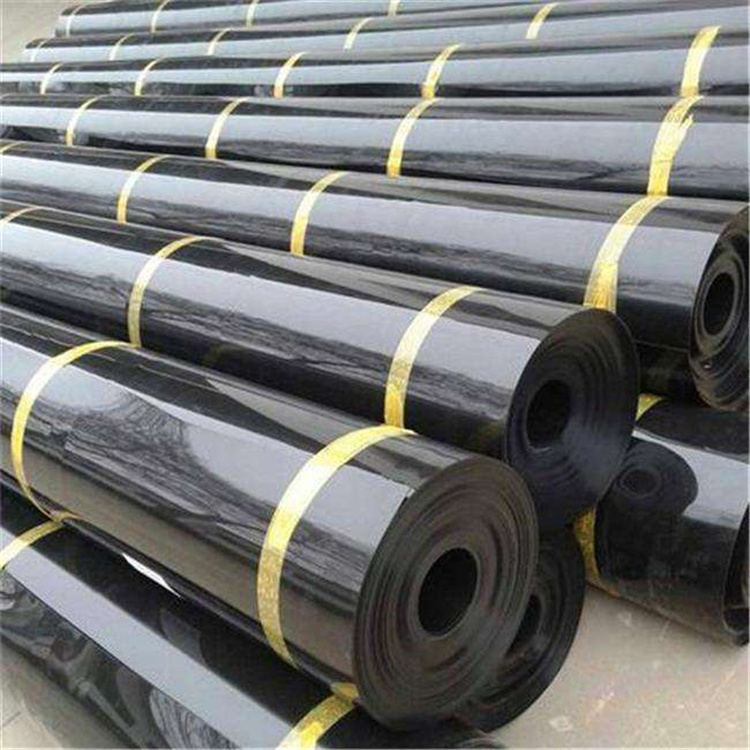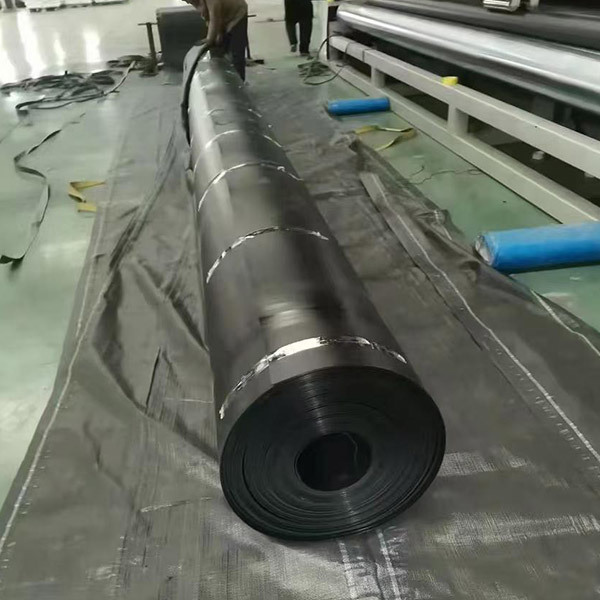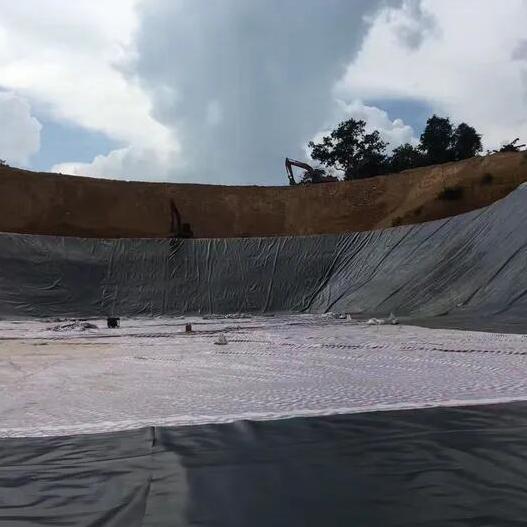How to Evaluate the Chemical Resistance of HDPE Geomembrane: A Practical Guide for Engineers and Buyers
Time:
Jul 07,2025
How to Evaluate the Chemical Resistance of HDPE Geomembrane: A Practical Guide for Engineers and Buyers
When selecting a geomembrane for your project—especially in landfills, chemical plants, or mining sites—understanding chemical resistance isn’t optional, it’s critical.
HDPE geomembrane is widely praised for its resistance to a wide range of chemicals. But how do you evaluate whether it’s suitable for your specific environment?
This guide breaks down everything you need to know about evaluating chemical resistance—without needing a chemistry degree.
Why Chemical Resistance Matters
If your HDPE liner is exposed to acids, oils, solvents, or waste leachates, a material failure could mean:
Environmental contamination
Costly clean-up and legal liabilities
Complete project failure
That’s why knowing a liner’s chemical compatibility is essential before installation.
What Makes HDPE Chemically Resistant?
High-density polyethylene (HDPE) is a non-polar, crystalline polymer, meaning it does not easily react with:
Acids and bases
Salts
Alcohols and glycols
Hydrocarbons (e.g., diesel, motor oil)
This makes HDPE suitable for a broad range of industrial applications where other liners might degrade.
3 Steps to Evaluate Chemical Compatibility
✅ Step 1: Check the Manufacturer’s Chemical Resistance Chart
Most reputable manufacturers provide a chemical compatibility guide showing how HDPE performs when exposed to hundreds of substances.
Look for ratings like: Excellent / Good / Fair / Not Recommended
Confirm temperature and concentration ranges
Example:
| Chemical | Resistance | Notes |
|---|---|---|
| Sulfuric Acid (98%) | Excellent | At room temperature |
| Diesel | Excellent | Long-term exposure OK |
| Acetone | Not Recommended | Causes swelling |
✅ Step 2: Review ASTM Test Standards
Ask if the liner has been tested under industry standards such as:
ASTM D543: Chemical resistance by immersion
ASTM D5322: Compatibility with solid waste leachates
GRI-GM13: Includes minimum standards for chemical exposure
These tests involve submerging geomembrane samples in various chemicals for 30 to 90 days to measure physical changes like:
Weight gain or loss
Dimensional stability
Surface cracking
✅ Step 3: Conduct Site-Specific Testing
If your project involves custom or unusual chemicals, it’s best to test the geomembrane with the actual substances used onsite.
Ask your supplier for sample sheets
Immerse in your chemical solution for 7–30 days
Observe for swelling, softening, discoloration, or warping
This real-world test ensures your investment is safe under your specific conditions.
Special Note: Temperature Matters
Chemical resistance is highly temperature-dependent. A substance that’s harmless at 25°C could degrade the liner at 60°C. Always verify compatibility at the maximum operating temperature of your site.
Bonus Tip: Don't Forget the Welds
Even if the membrane resists chemicals, poor welding may compromise the system.
Ensure extrusion or fusion welds also use HDPE material
Ask about chemical compatibility of welding rods and additives
Conclusion: Always Confirm Before You Install
Never assume that “HDPE is always resistant.” While it performs well in most conditions, site-specific verification is the best insurance against future failures.
Work with a supplier who can provide:
Compatibility charts
ASTM-compliant test data
Sample sheets for immersion testing





